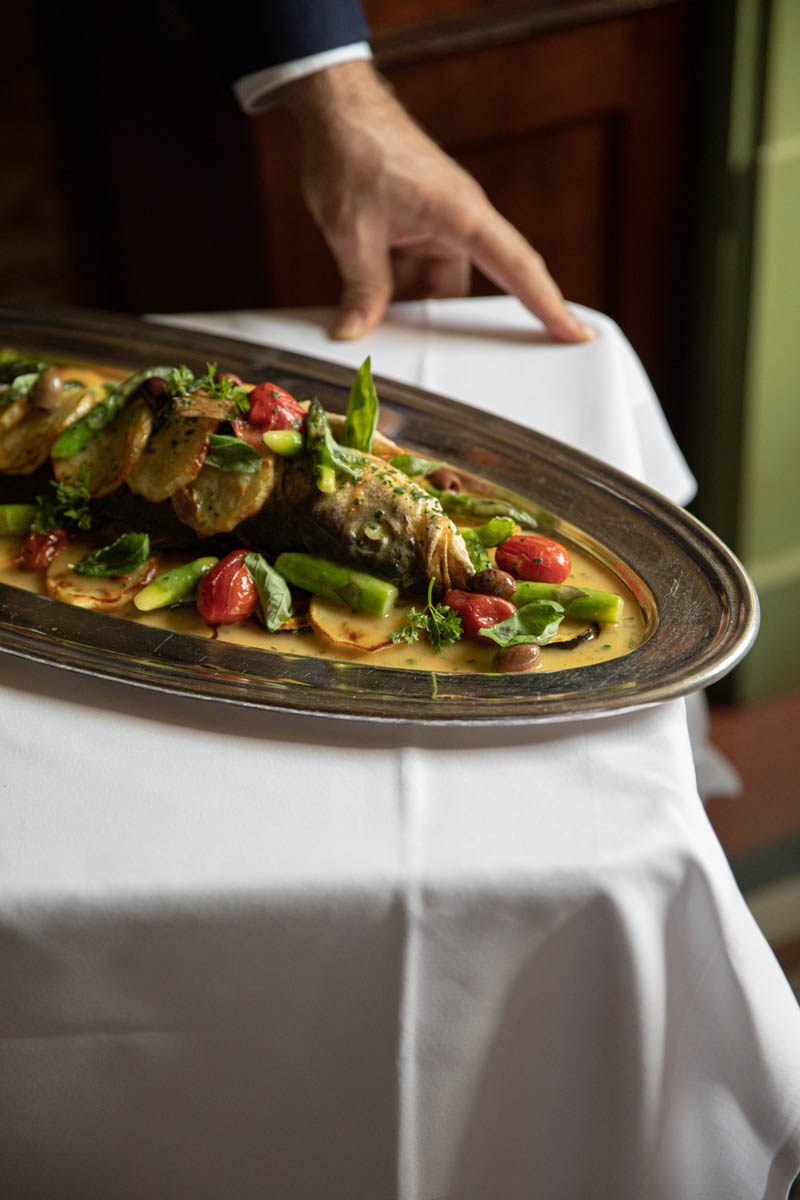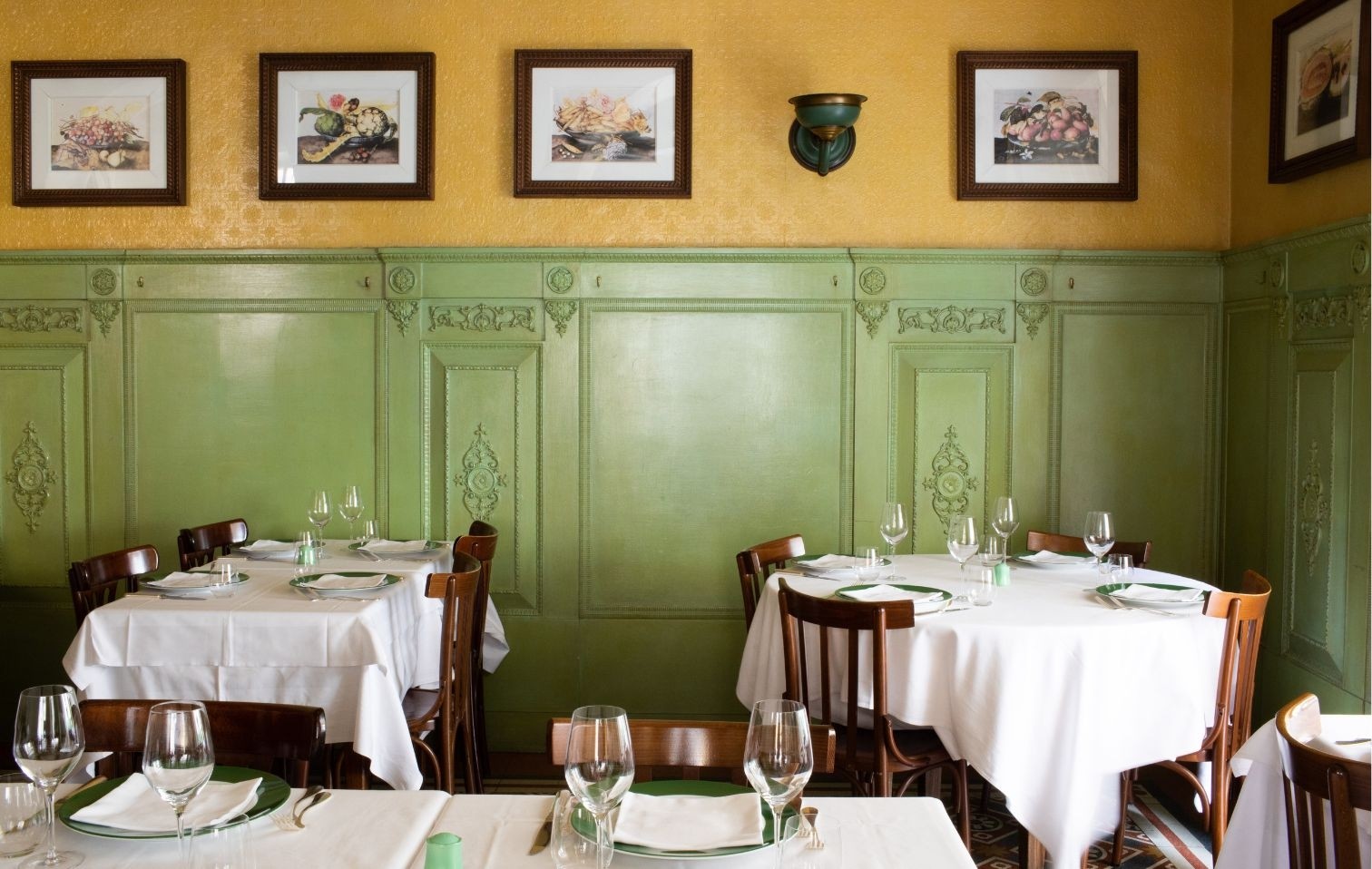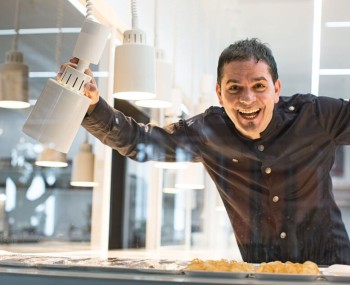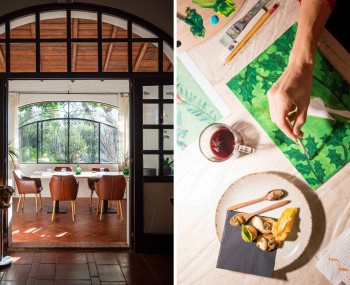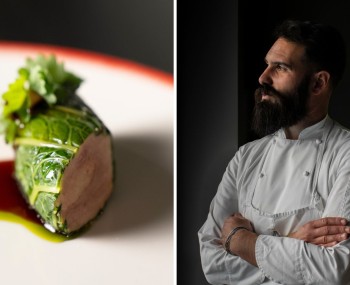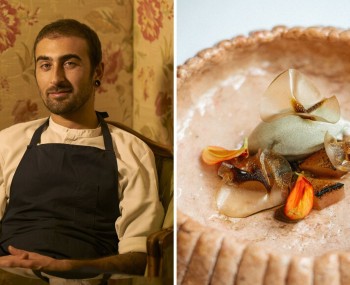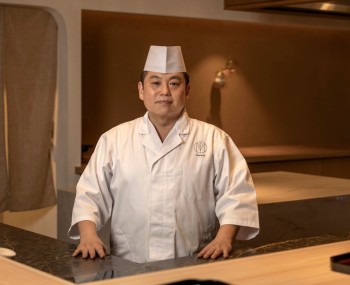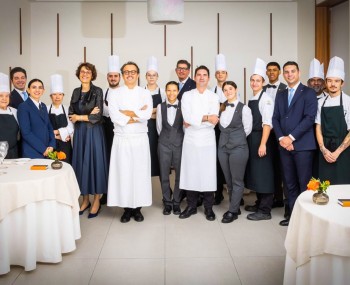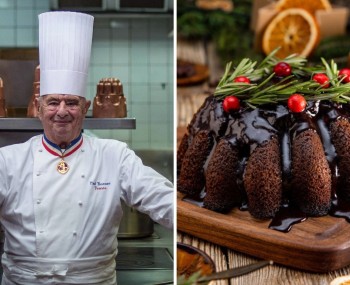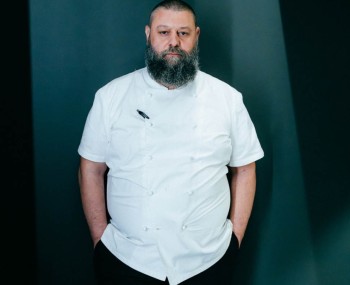Restaurants, bistros, and shops spanning from Milan to Tuscany united by honest and satisfying cuisine in timeless, refined settings. Giacomo Milano’s group is growing and ready to expand beyond national borders.
Efficient, spontaneous, readable, and immediate. A straightforward cuisine that satisfies both national and international customers who flock to Giacomo Milano's restaurants every day. Six hundred daily covers served across Milan, Como, and Tuscany, all overseen by Executive Chef Emanuele Settel. It's undoubtedly a challenging task, but it yields great satisfaction, given the group's recent growth.

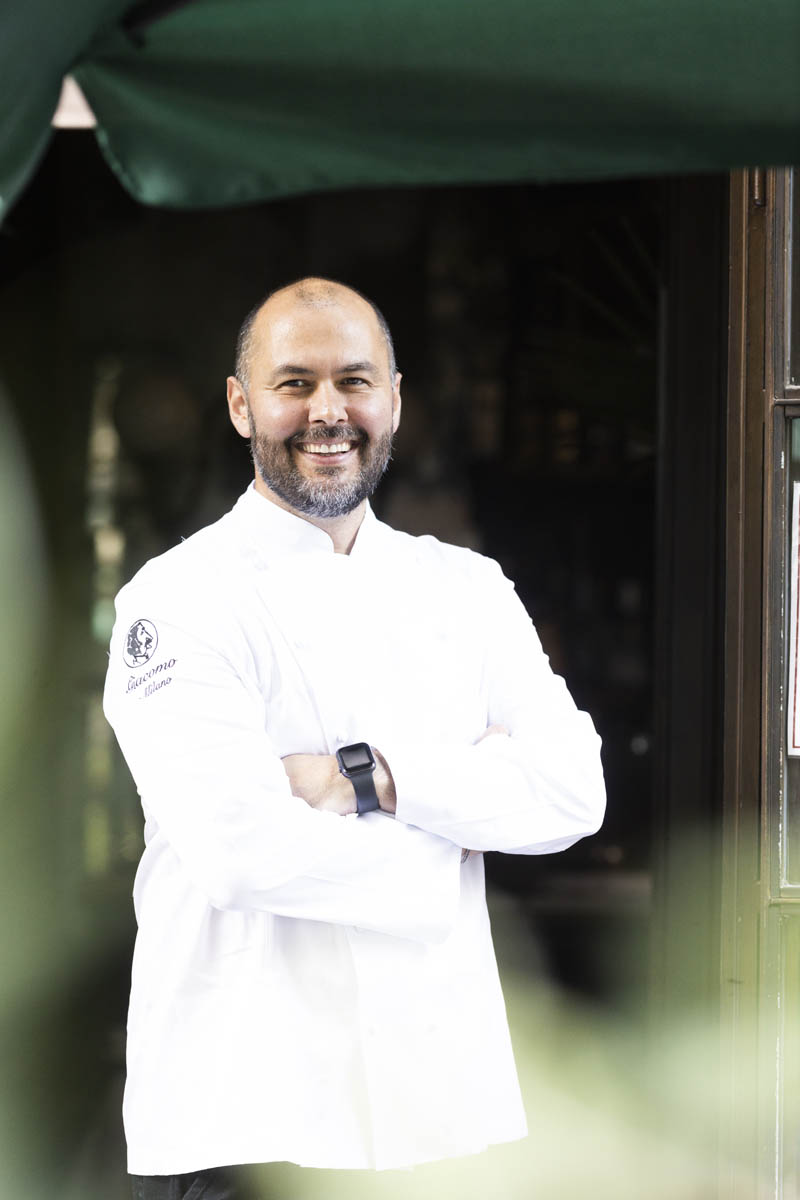
"In all our establishments, the cuisine follows the path of Italian tradition and seasonality. We serve dishes like linguine with lobster, Ligurian turbot, sea bass cooked in salt, recipes that customers know and expect, but also with twists like Tortello cacio e pepe with red shrimp tartare, bottarga, and lime, which has become a signature dish in our restaurants," explains Emanuele Settel.

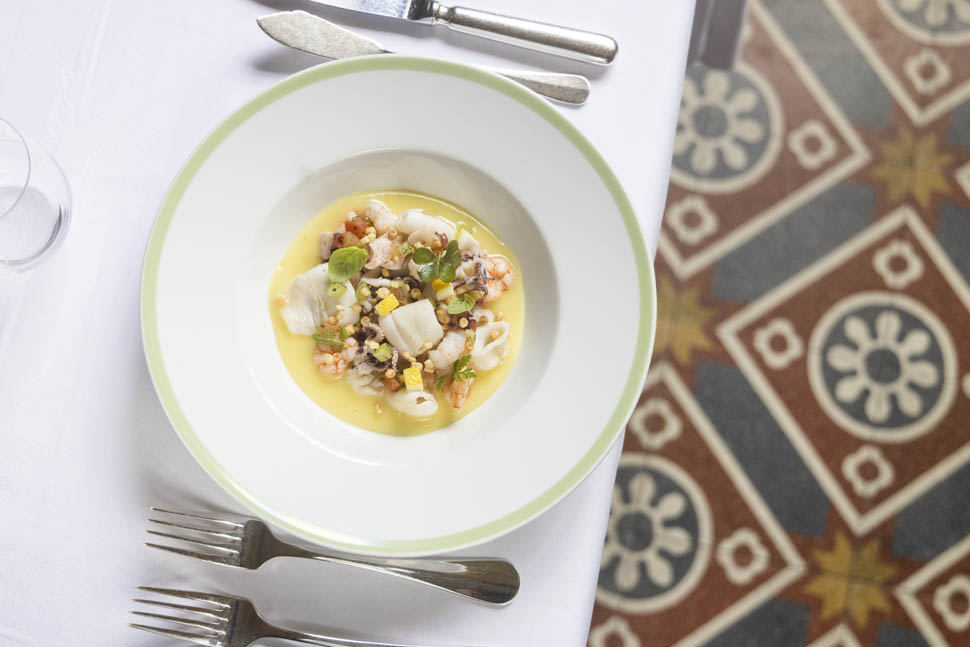
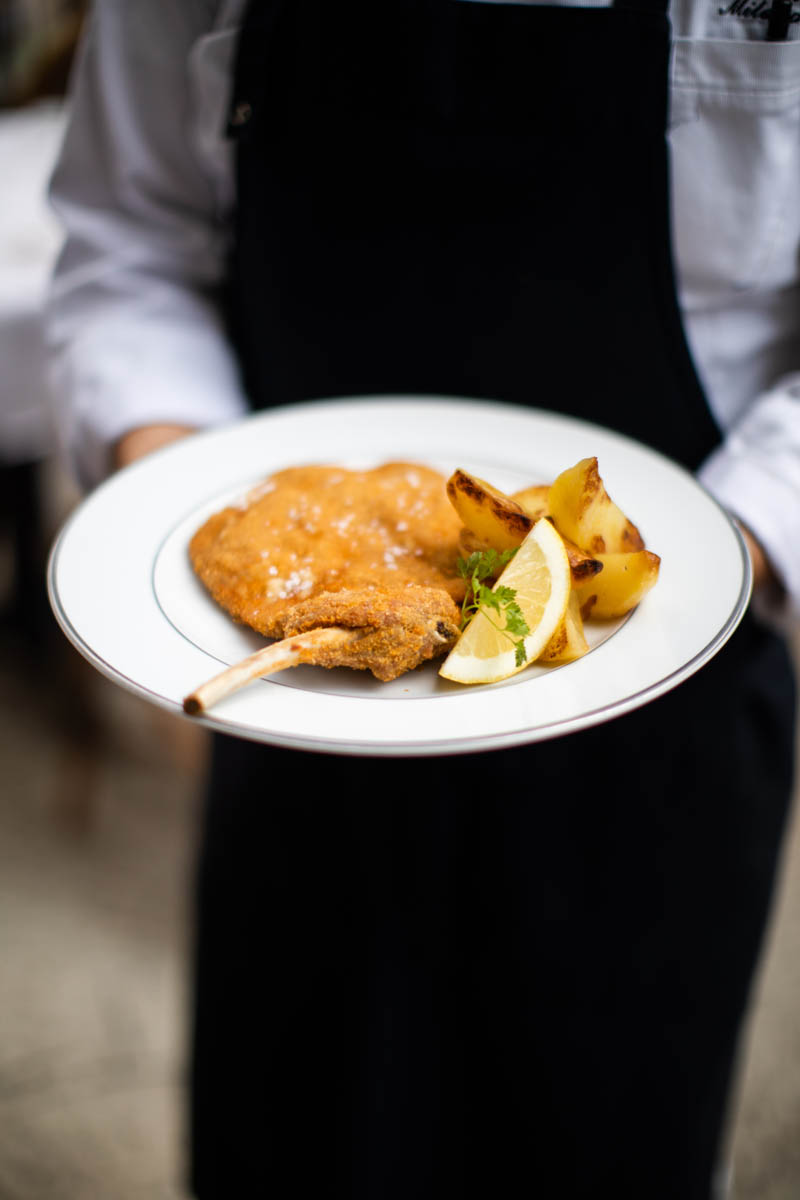
Today, Giacomo Milano boasts 5 restaurants, 1 bistro, 4 shops, and a Literary café, recently acquired by the Rovati family, aiming to provide them with a structured approach for consolidation and future expansion abroad. "We decided to acquire Giacomo Milano’s Group to support the international growth of one of the most important players in Made in Italy catering," says Carola Rovati, Board Member of the Group. "Giacomo represents Italian tradition and conviviality. Attention to hospitality and the quality of raw materials make it a unique reference point for discerning and refined clientele."
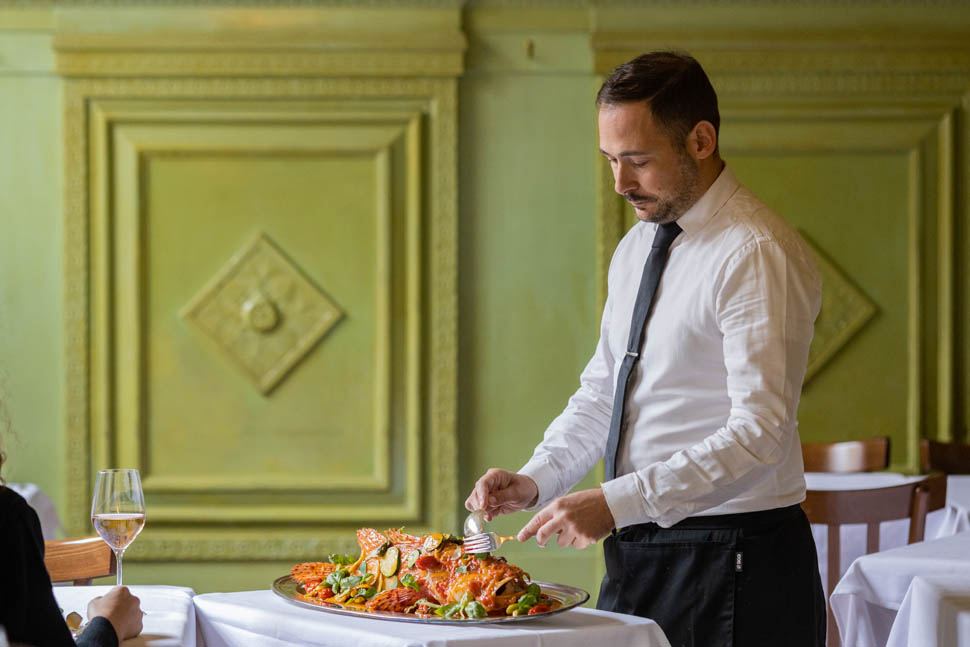
What was and what is Giacomo Milano today? Born in Milan in 1958 with the opening of Trattoria Da Giacomo, thanks to Giacomo Bulleri's ideas and passion for good food. The aim is high quality, conviviality, and a welcoming, refined environment. Giacomo's roasts, risottos, and boiled dishes became popular among many Milanese families, and the restaurant became a much-loved destination in the city.
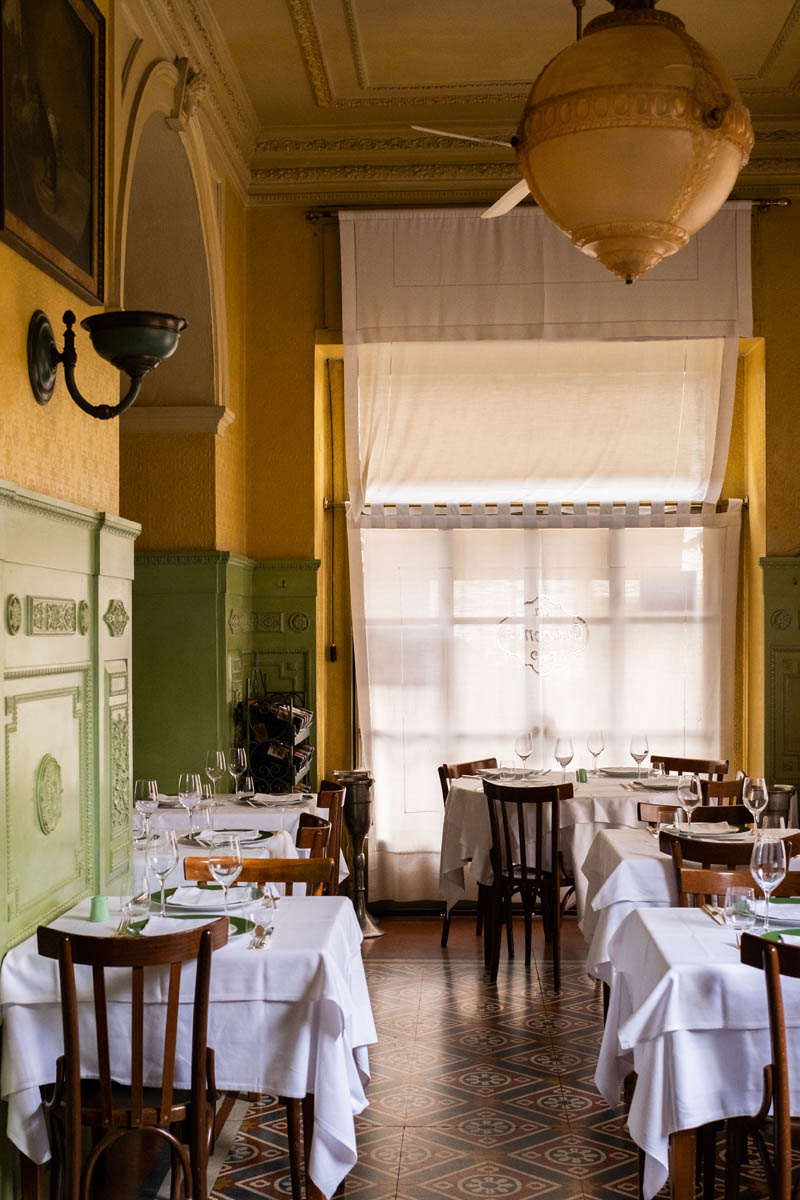
In 1989, the restaurant moved to Via Sottocorno 6 - the current historic location of the group - and thanks to the friendship with architect Renzo Mongiardino, a fruitful collaboration began, bringing aesthetics in line with the quality of raw materials and restaurant service. Giacomo Milano's establishments are not only recognizable by their menus and dishes, which vary in each restaurant but follow the same philosophy, but also for their unique environments.
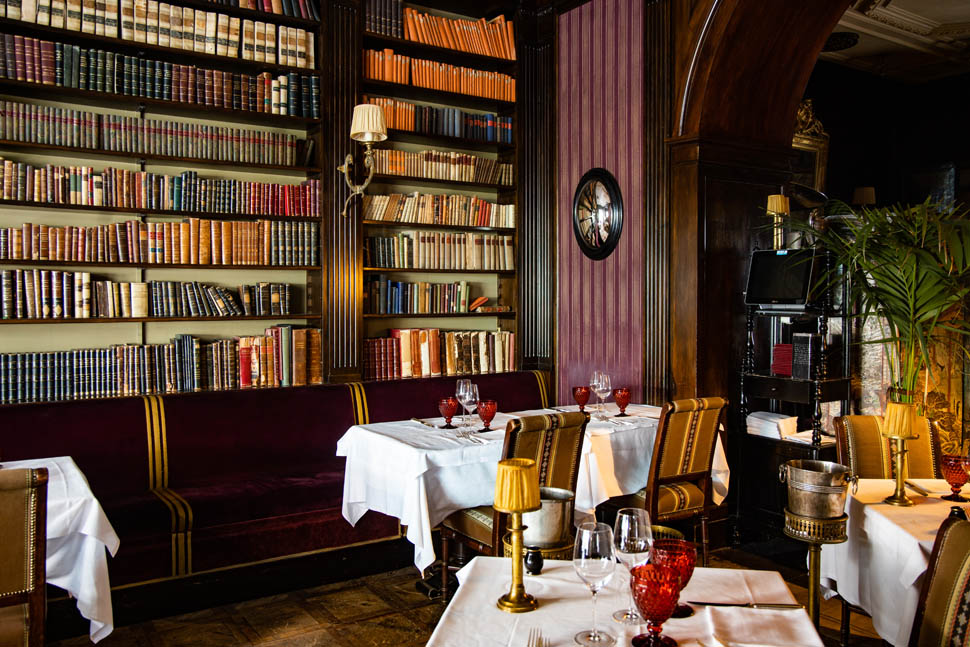
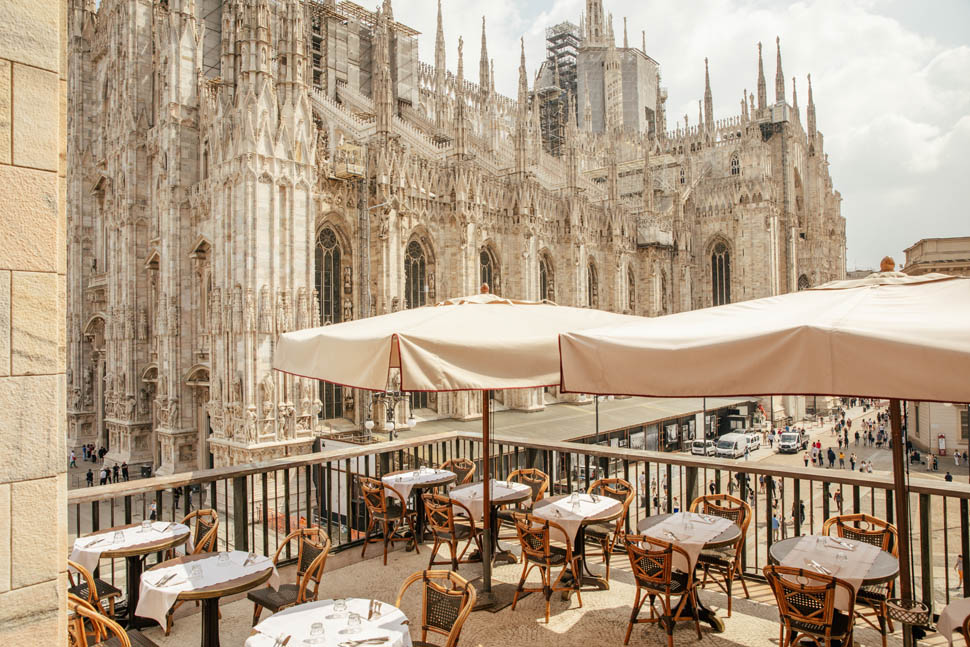
In 2008, Giacomo Bistrot opened, inspired by a French bistro and predominantly offering meat dishes. Da Giacomo Arengario opened inside the Novecento Museum in Piazza Duomo. Within Palazzo Reale, there's also space for Giacomo Caffè, inspired by Parisian Literary cafes. In parallel, the "shops" were launched: the Rosticceria, the Pasticceria, and the Tabaccheria, characterized by a convivial atmosphere and an offering of genuine quality.
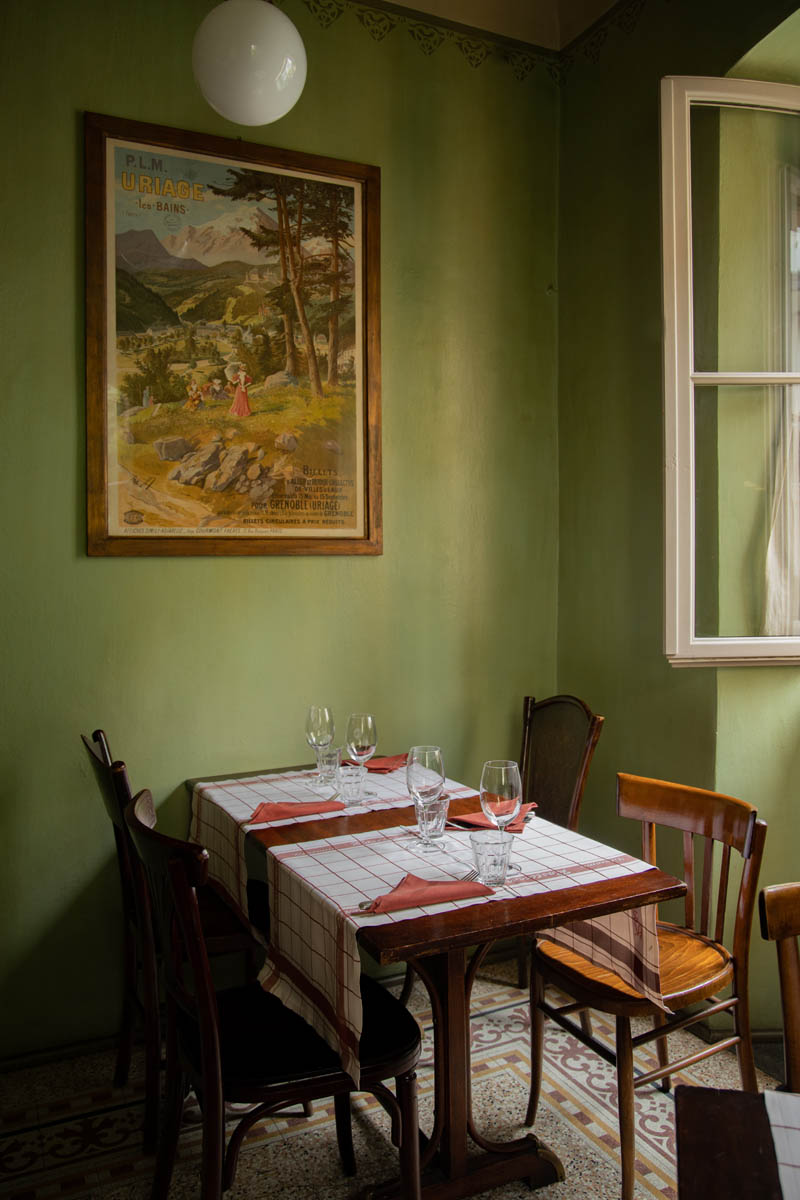
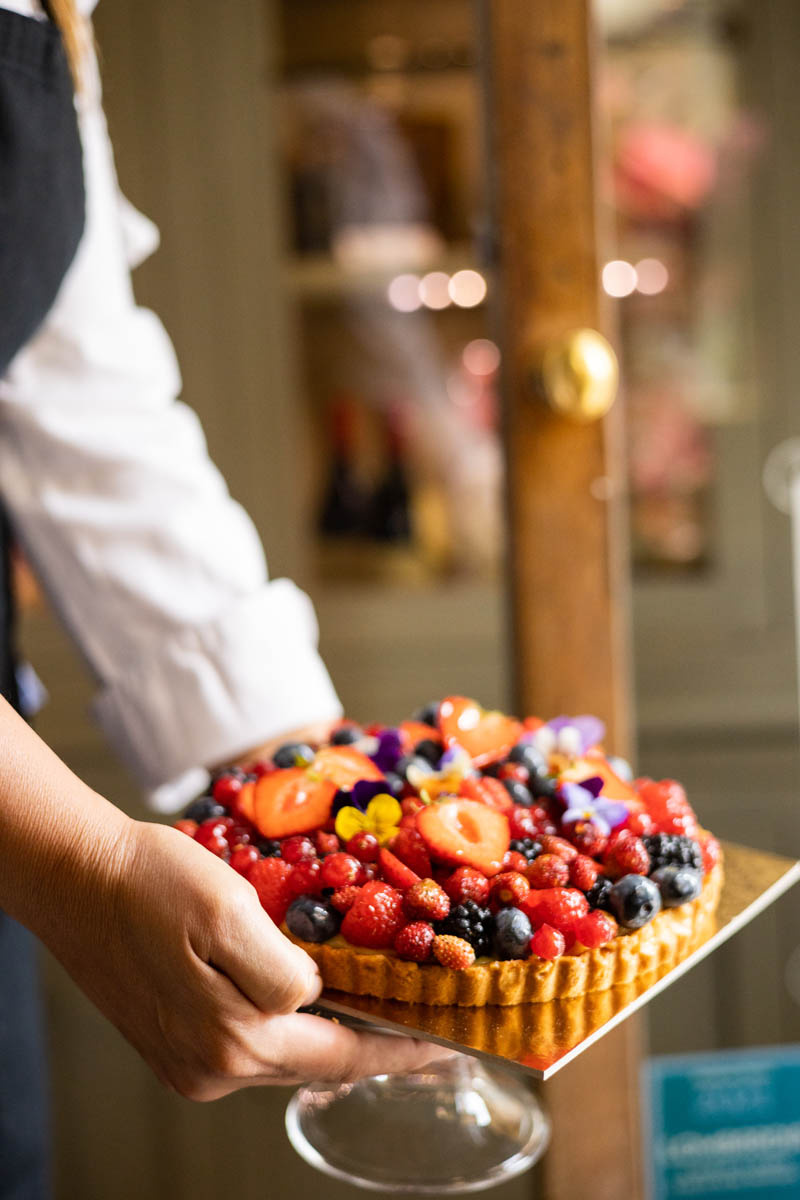
In the western area of Milan, Giacomo Gastronomia opened in 2020, offering a selection of products from the best Italian artisanal producers.
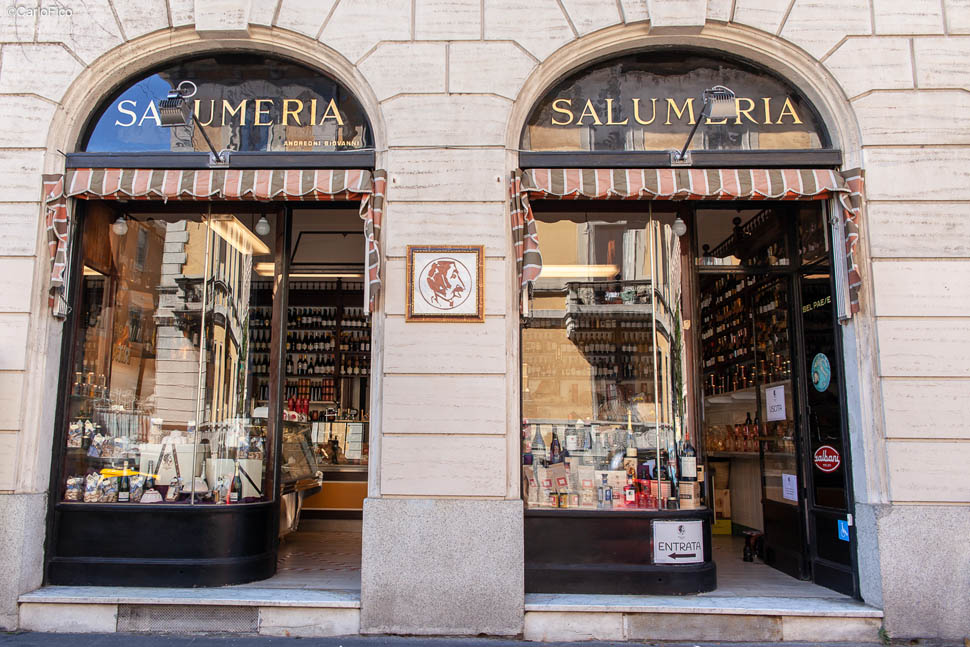
Giacomo Milano also opened 3 restaurants outside Milan: Giacomo Pietrasanta, immersed in one of the most picturesque gardens in Versilia, Da Giacomo al Lago at the Grand Hotel Tremezzo on Lake Como, and in Tuscany, Da Giacomo al Salviatino, part of the F&B offering of the Hotel Il Salviatino in Fiesole.
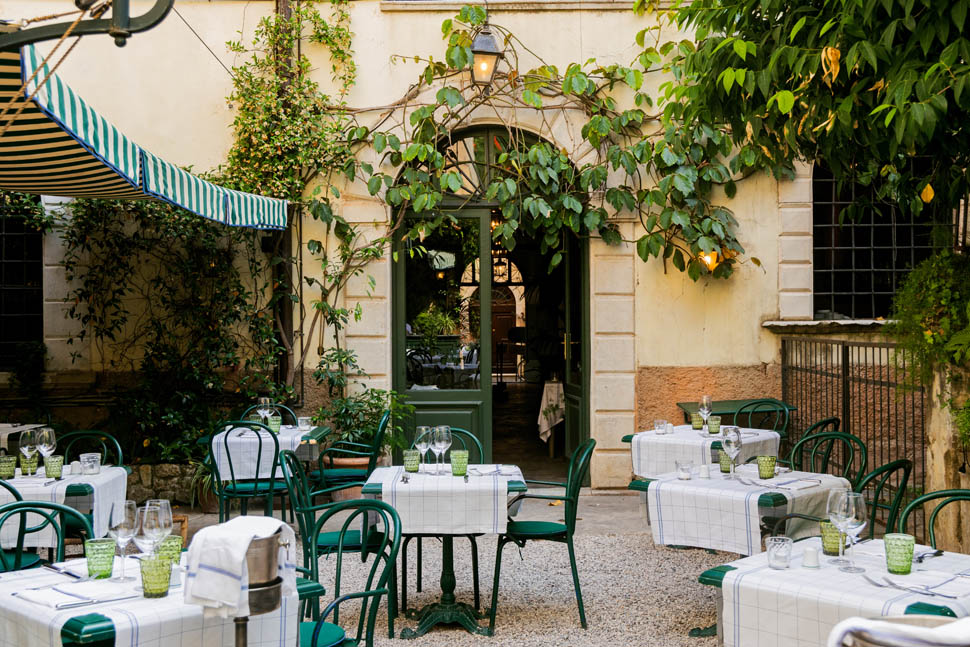
"Giacomo Milano has a very distinctive style that sets us apart everywhere. If you visit the Bistrot, the Rosticceria, or the restaurant Da Giacomo, you'll see three completely different locations, but they share a timeless taste and decor, beyond current trends," explains Emanuele Settel, the group's Executive Chef. The common thread is also found in the kitchen, using premium raw materials and the mantra of handling them as little as possible.
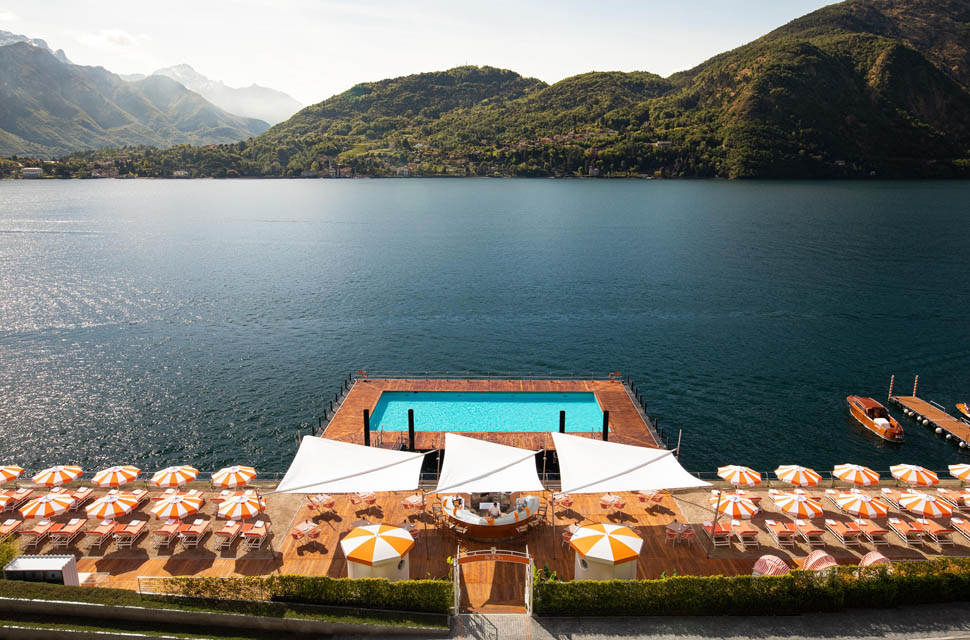
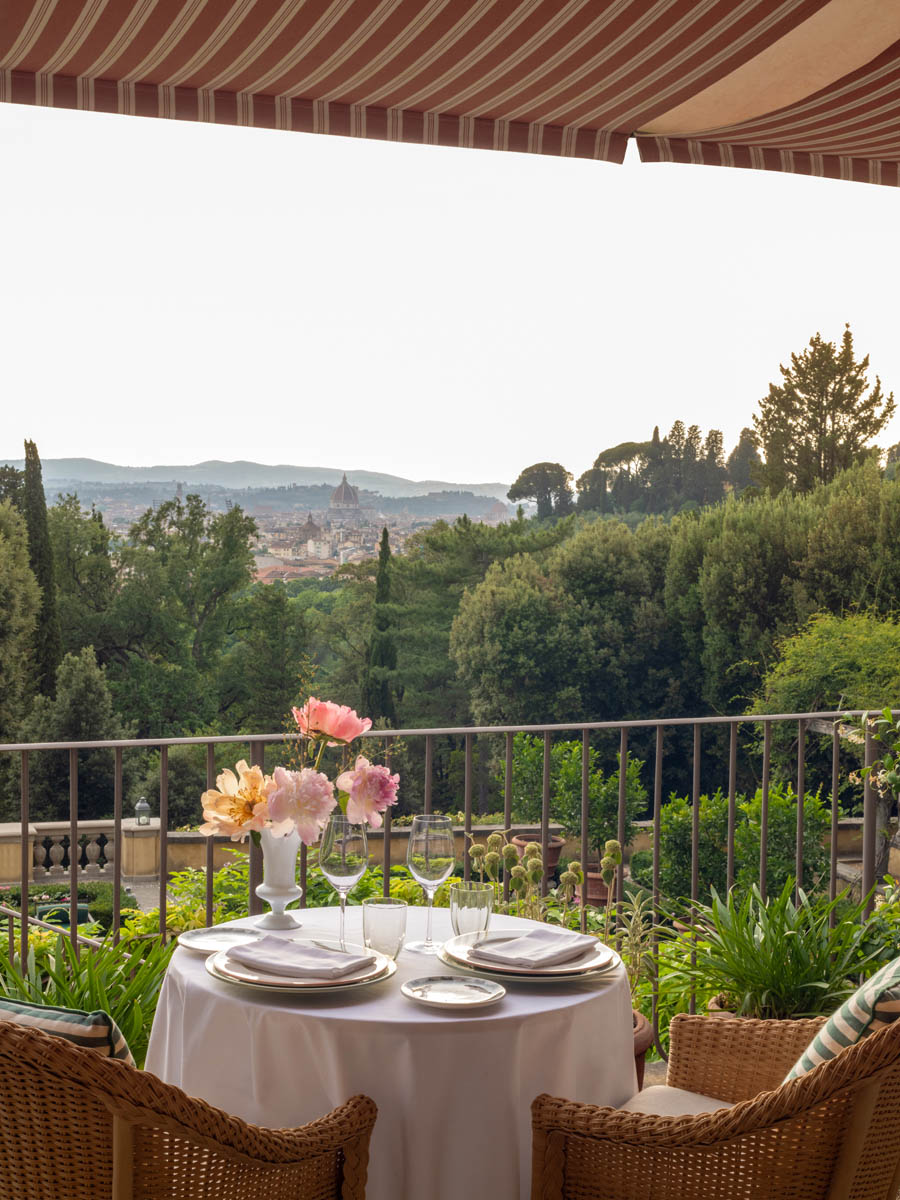
"We serve traditional spaghetti with clams, but with Gragnano pasta and high-quality clams. Few ingredients without extravaganza, but of great value to satisfy the customer," says Settel, and adds: "Some dishes are adapted to current times, like the saffron risotto with ossobuco. We decided to serve 90 grams of risotto and 65 grams of meat. A traditional Milanese dish, served with a tea spoon to savor the marrow, but in a more balanced portion that allows you to enjoy other courses." The effectiveness of Giacomo Milano model is putting the customer first, with cuisine that satisfies their preferences, not the chef's needs.
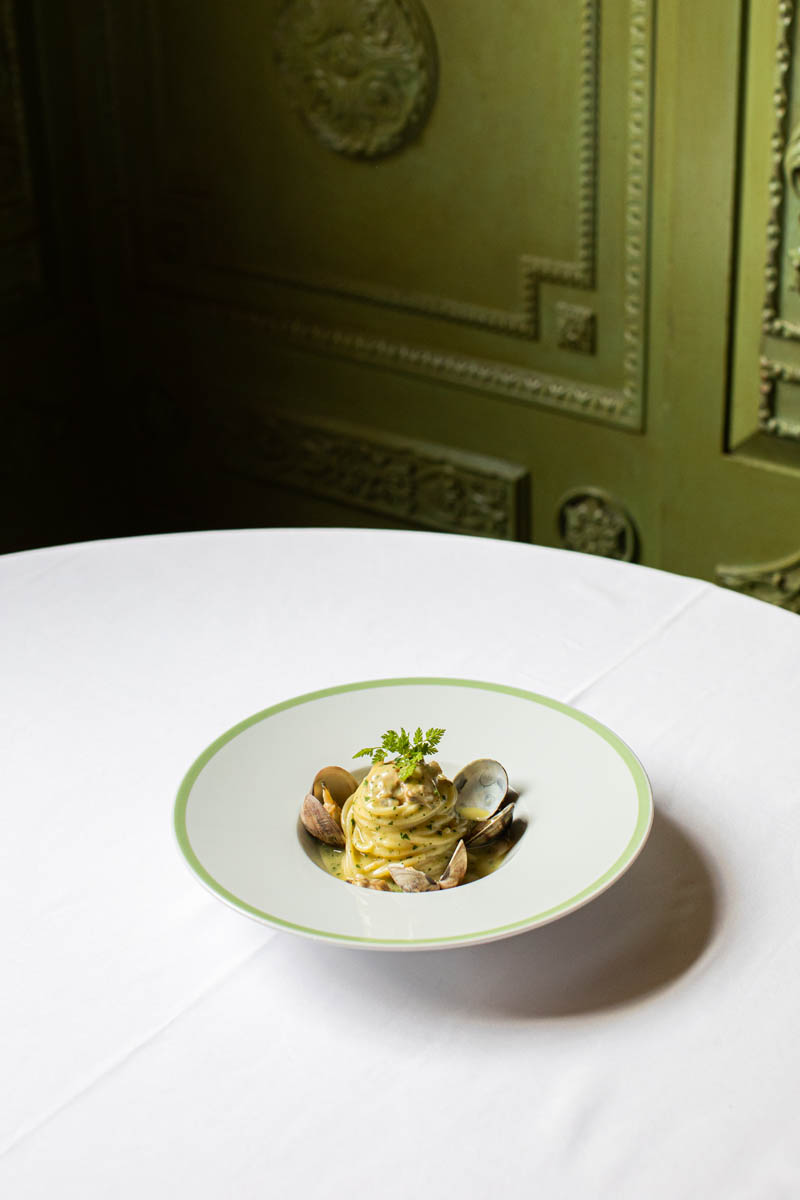
The big goal now is to standardize in a positive sense, meaning offering Giacomo Milano customers a product in every restaurant that meets the quality requirements set by the chef. The challenge of consolidating the company at this moment revolves around this point: "Giacomo is like a Ferrari racing at 300 km/h, so any changes have to be made on the go; we can't stop. And that's the stimulating challenge for me after my previous experience at Chef Philip Guardione's Piccola Cucina. I've gone from overseeing a single restaurant to managing the kitchens of a group like Giacomo Milano!" Settel shares.
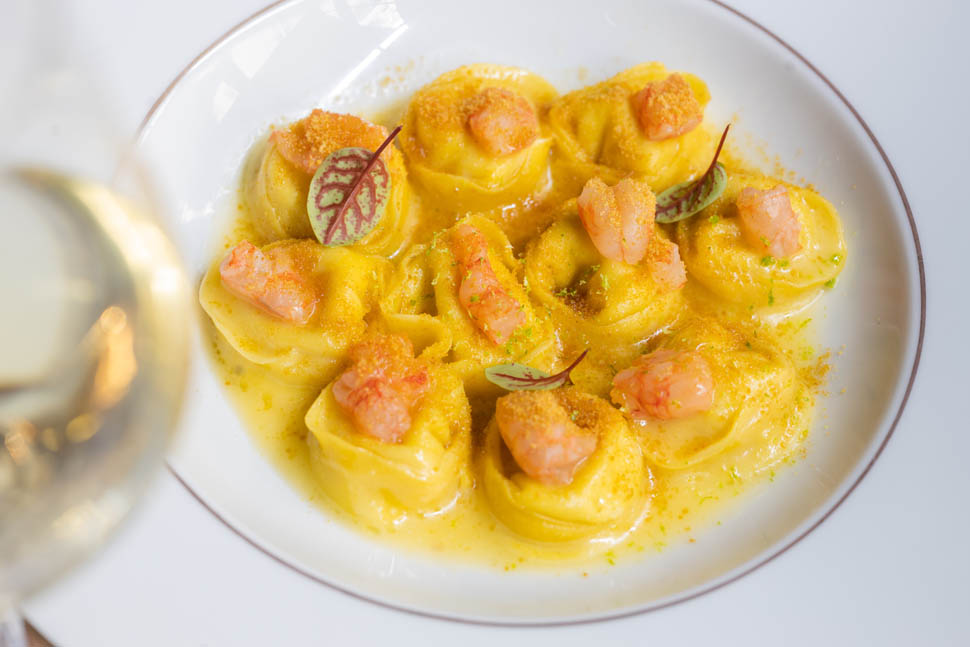
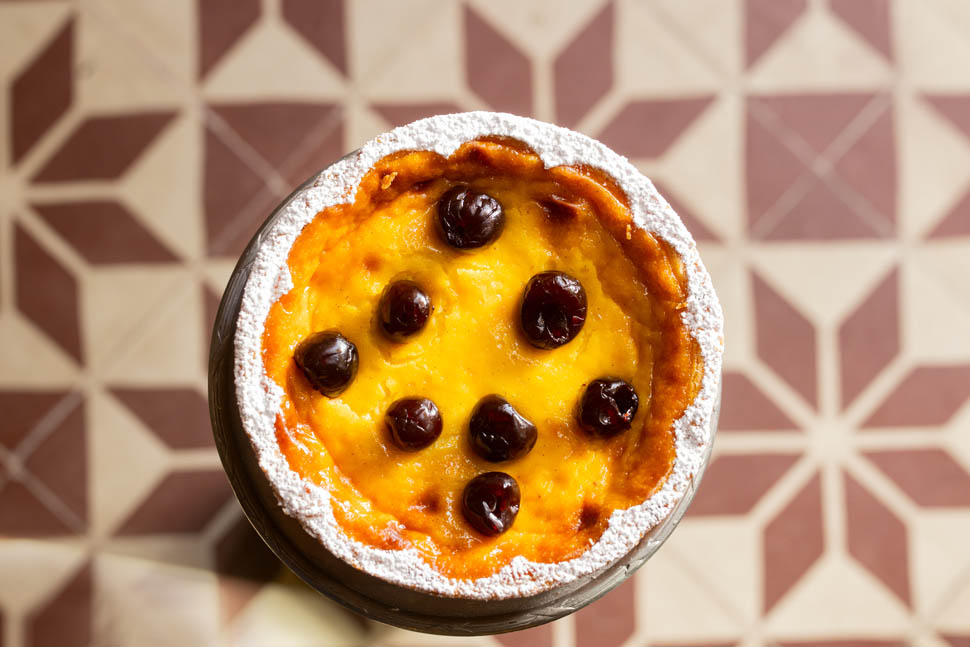
And it's not just restaurants, as Giacomo Milano also includes a series of "shops." The Rosticceria, Tabaccheria, and Pasticceria are businesses born in parallel with the restaurant and are located near the original Giacomo restaurant in Via Sottocorno. They complete the group's offerings, ensuring different and comprehensive experiences for customers. Breakfast with pastries from the Pasticceria, lunch at the Rosticceria, and an aperitif at the Tabaccheria. Dinner at Giacomo or at Giacomo Bistrot.
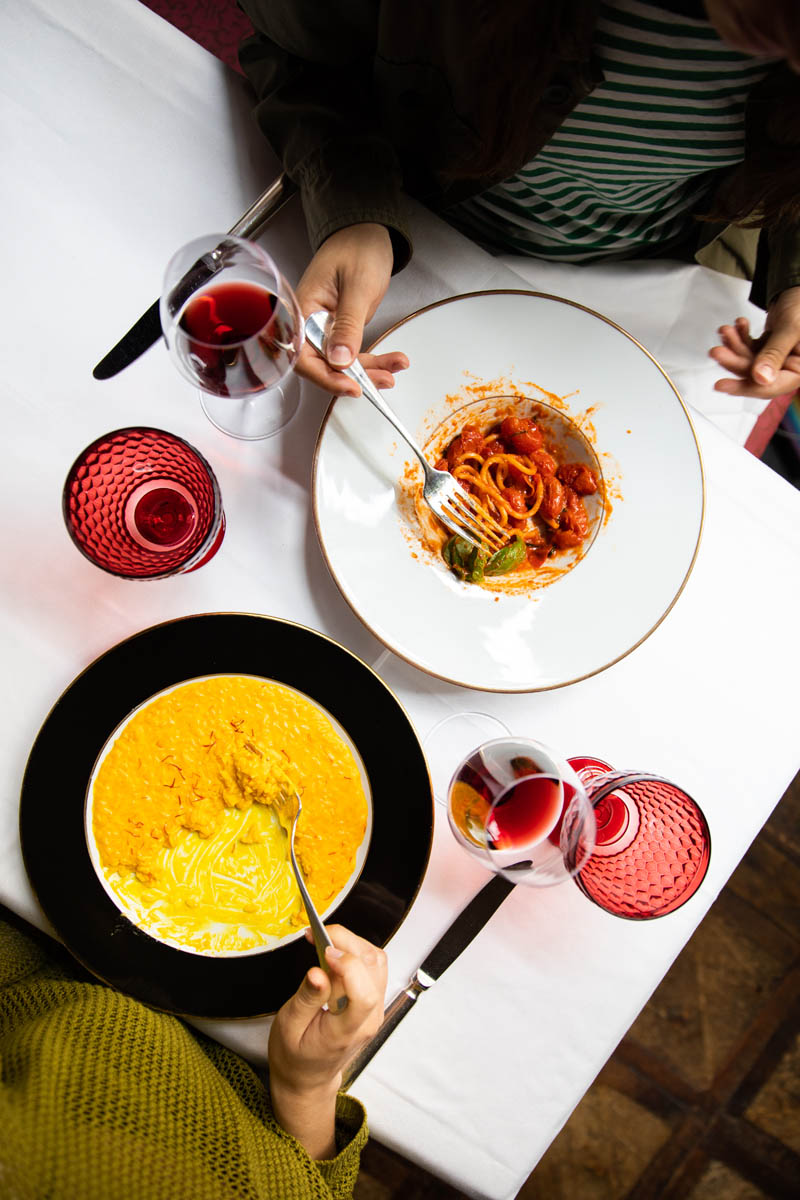
All within a short distance, all ready to meet the demands of local and international customers. The Gastronomia is a collateral project launched during Covid days. It's located on Via Previati in the western part of Milan and resembles the old neighborhood shops: a bit of a deli, a bit of a grocery, dairy, or gastronomy.
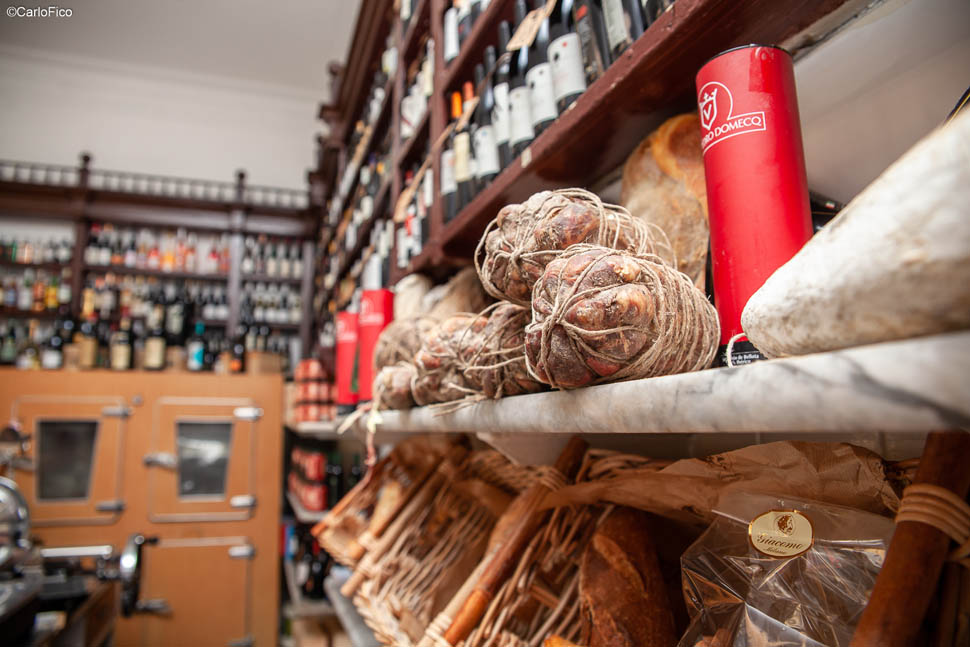
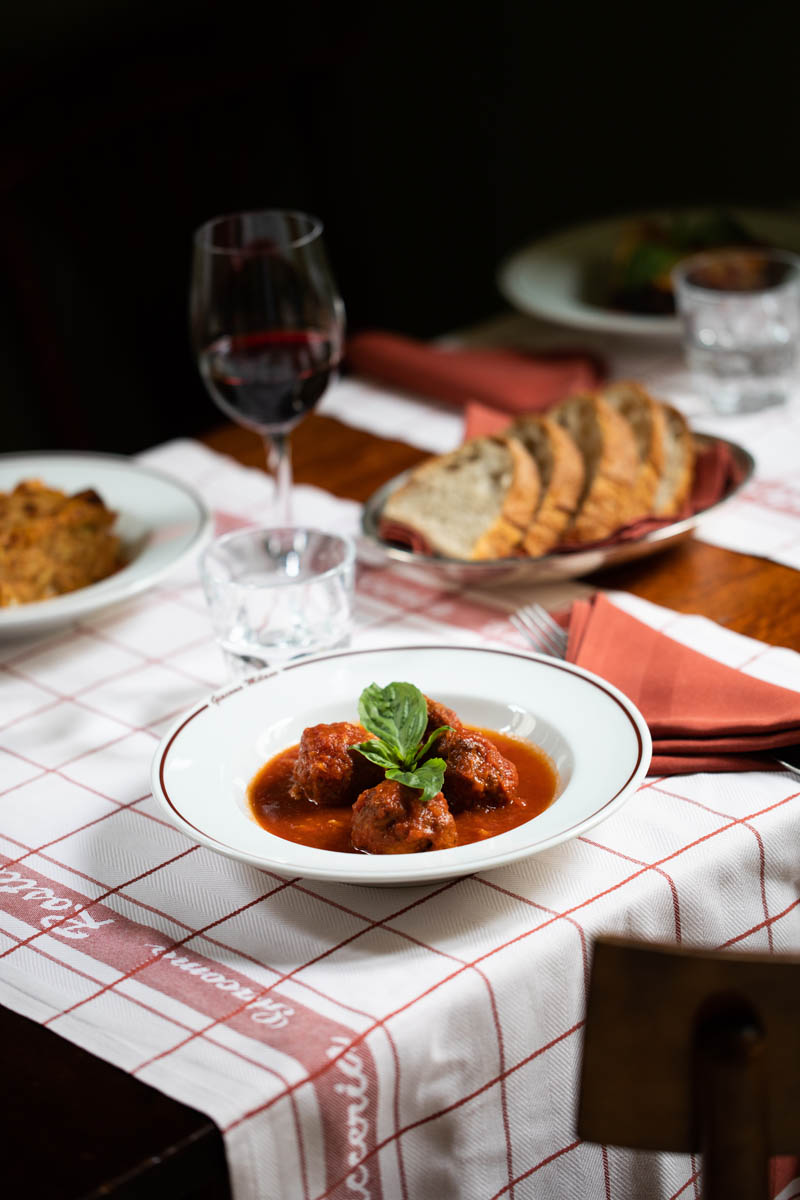
Giacomo Milano looks to the future and is a group increasingly focused on making a name for itself, even abroad. "We have a very international audience, with a strong presence of customers from the USA and UK. These are people who are already intrigued and acquainted with us prior to their arrival in Milan. So, we'd like to expand where Giacomo Milano already has a market," says the Executive Chef. And why not, bringing simple and genuine cuisine that represents Italy well could only be beneficial for our entire country!
